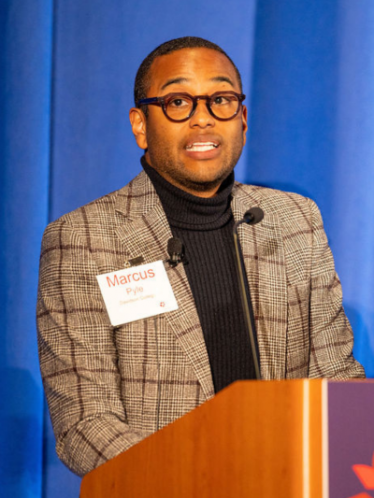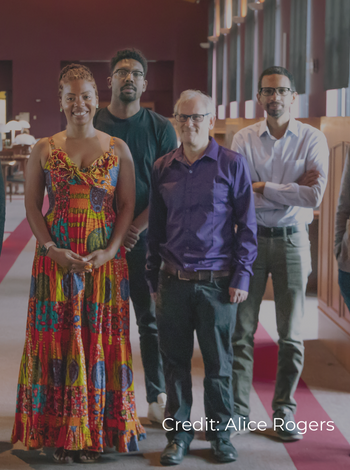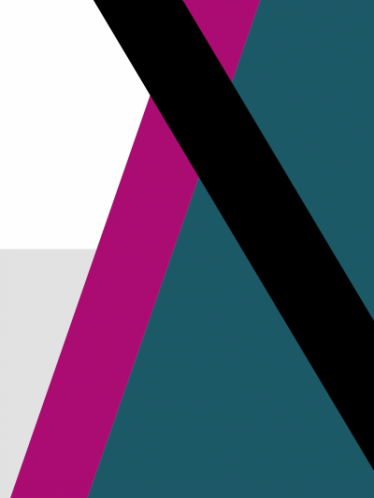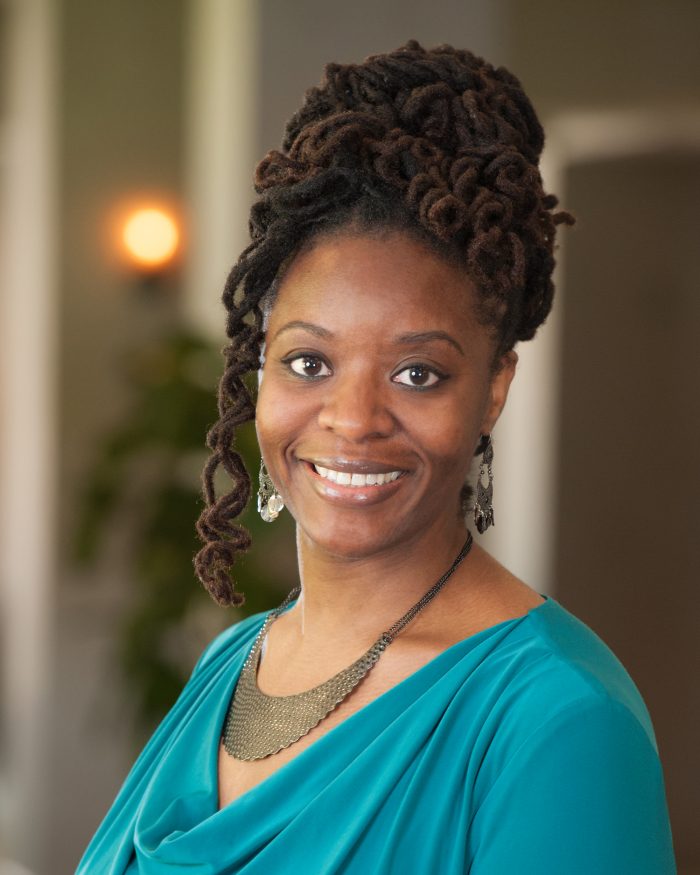One of the powerful things about the reinvention…rules that we thought we had to stick to all of a sudden got all thrown out the window…If we can just hold that spirit, that some of the things we think aren’t changeable or aren’t moveable actually are changeable and are moveable, then we can create anew.
Na’ilah Suad Nasir
Six months into working at ACLS and days before launching a new program, I heard Nasir, President of the Spencer Foundation, offer this remark about possibility. Her words left such an impression that I invoked them in my opening remarks for very first convening of the Intention Foundry (IF) and in the five opening sessions that followed over the next three years: if the boundaries and rules that seemed immovable and immutable are not, IF the thing we once believed impossible – is possible, what else could we do?
The Intention Foundry was born from that ethos. Watching institutions pledge substantive change in the wake of protests around George Floyd’s murder in late 2020 was a heady time. Despite doubts about the alleged “racial reckoning” in the United States, it was a time when “What if?” carried greater weight. The inequities plaguing higher education aren’t flaws in the system, they are features. And if inequity emerged by design, it seemed that with intentionality, we could also design for equity.
What could our fields, institutions, and academic societies be if our change initiatives centered scholars of color, first generation, queer and disabled scholars? If we were intentional in ensuring they weren’t just in the room and at the table, but setting the agenda, what might the academy be? What if?
June marked the final slate of IF convenings. Having engaged six cohorts with 55 leaders from our 80 member societies, 107 early career scholars, and 37 higher education administrators , we turn to piloting some initiatives on key areas emerging from the program, starting with mentorship. It’s hard to believe IF’s first stage is complete. What’s harder still is recapturing that sense of exhilarating possibility that Nasir spoke of.
Today, skepticism about academia’s potential for change abounds. In The Chronicle of Higher Education, Brian Rosenberg, president emeritus of Macalester College, recently wrote “Higher Ed’s Ruinous Resistance to Change: The academy excels at preserving the status quo.” In a wide-ranging article, Stacy Hartman and Bianca Williams F’21, former director and faculty lead of the PublicsLab initiative at the CUNY Graduate Center respectively, shed light on the entrenched resistance to change in graduate education. Stanford’s former Vice Provost for Teaching and Learning John Mitchell lamented what he deemed as failures to capitalize on insights from the pandemic, “It’s as if we spent two years building the foundation for a new future, only to abandon it for the familiar discomfort of a system widely in need of reinvention.” In a moment where change seems so hard to come by, how do we revive our sense of possibility?
In launching our new unit Intentional Design for an Equitable Academy (IDEA), we take this moment as a call for cultivating opportunities for reparative intervention and transformative engagement that further ACLS efforts to enhance equity, justice, and well-being in the academy. Working with Program Officer Keyanah Nurse and Program Associate Katie Reis, our aim is to usher IDEA programs – the ACLS Digital Justice Grant Program, the Intention Foundry (IF), and the Leadership Institute for a New Academy (LINA) – into their next phase. IDEA programs will draw on human-centered design as a methodology for developing activities and convenings where we can re-envision academia’s culture, policies, and practices.
What does this mean in practice? A few examples illustrating two of the unit’s core aims:
Develop curriculum and experiential opportunities for re-envisioning key power systems, taking deep dives into challenging issues, and strategizing for substantive change.
In their analysis of IF proceedings, Keyanah and Katie discovered that many graduate students and early career faculty (contingent and tenure-track) experiences were marked by a sense of precarity on multiple fronts: financial (unprecedented number of university strikes and calls to unionize), intellectual (penalization and bans on studies of racial and social justice), and social (presumed incompetence, particularly of scholars with marginalized identities). I’d add a fourth, physiological, highlighting how this system can also exact a physical toll given the deaths of two Black female university presidents, Joanne Epps of Temple University and Orinthia Montague of Volunteer State Community College, in the span of one week.
What we’re learning suggests precarity isn’t just a feature of academia’s system, for many precarity is the system. Likewise, our pilot of LINA underscored a deep sense of isolation and burnout that beset academic administrators. These insights beg us to reckon with inequities in the contemporary higher education experience. How do we create ecosystems of well-being to support all those who labor in the academy – whether as researchers, educators, administrators, students, or staff? How can we create a more humane academy?
Design initiatives that strive to alter the status quo of systems in academia, while working to support the most vulnerable in navigating systems as they currently exist.
Guided by an ethics of care, we center equity and justice not only in what we develop and do, but also in how we do it. Centering our participants’ lived experience is vital to that aim, and this work requires continuous adaptation. For instance, as Keyanah crafted the latest iteration of Digital Justice grants, a key aim was expanding the program’s accessibility. The revamped application no longer requires letters of recommendation, includes a more expansive definition of scholar, and is no longer limited to those holding PhDs or faculty positions. Additionally, prospective applicants now have access to a number of curated resources to help craft their applications. Mirroring a model demonstrated by our colleagues in other departments who developed the HBCU Faculty Fellowship and Grant Program and redesigned the Luce/ACLS Program in China Studies, our commitment is to keep iterating, returning to our constituencies to ask: How can we improve? How might we alter, adapt, and refine our approach to better support you?
Launching the IDEA unit in academia’s current landscape, I know there are challenges ahead. This tweet that activist Brittany Packnett Cunningham sent in January 2017, as she faced a much-changed reality, grounds me: “We have two hands: one is to battle, one is to build.” Resistance, she reminds, is a discipline that requires both hands if we hope to realize change.
We look forward to rolling up our sleeves and using both of our hands to work with you.
Questions? Email [email protected] or [email protected] for program inquiries.
Jovonne J. Bickerstaff
ACLS Director of Intentional Design for an Equitable Academy
Jovonne J. Bickerstaff is the Director of Intentional Design for an Equitable Academy (IDEA) at ACLS, where she designs and implements strategic initiatives to foster networks and forums for promoting equity, justice, and well-being in the academy. She leads change acceleration programs like the Intention Foundry (IF) and the Leadership Institute for a New Academy (LINA), and previously led the Emerging Voices Fellowship program.

A forum for advancing equity, justice, and anti-racism for early career scholars from historically marginalized groups, ACLS society leaders, and higher education administrators

Providing resources for projects that diversify the digital domain, advance justice and equity in digital scholarly practice, and contribute to public understanding of racial and social justice issues

Pilot initiative equips faculty to forge career paths in academic administration that will strengthen the humanities and drive forward-looking change





